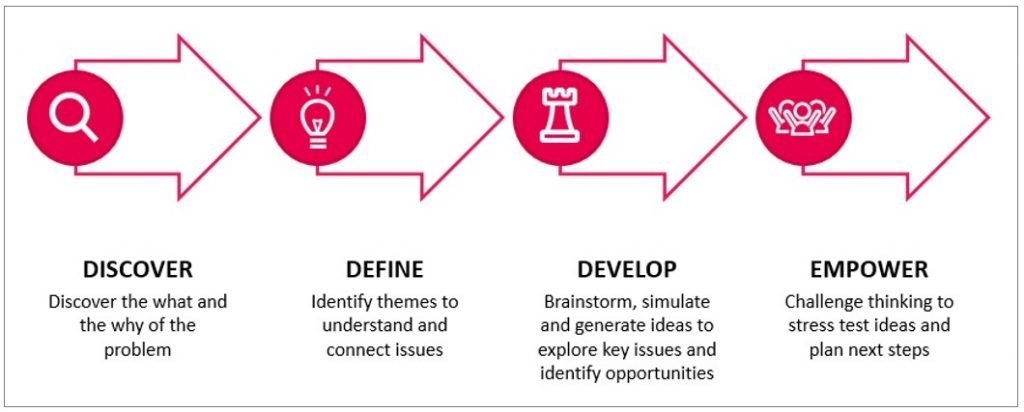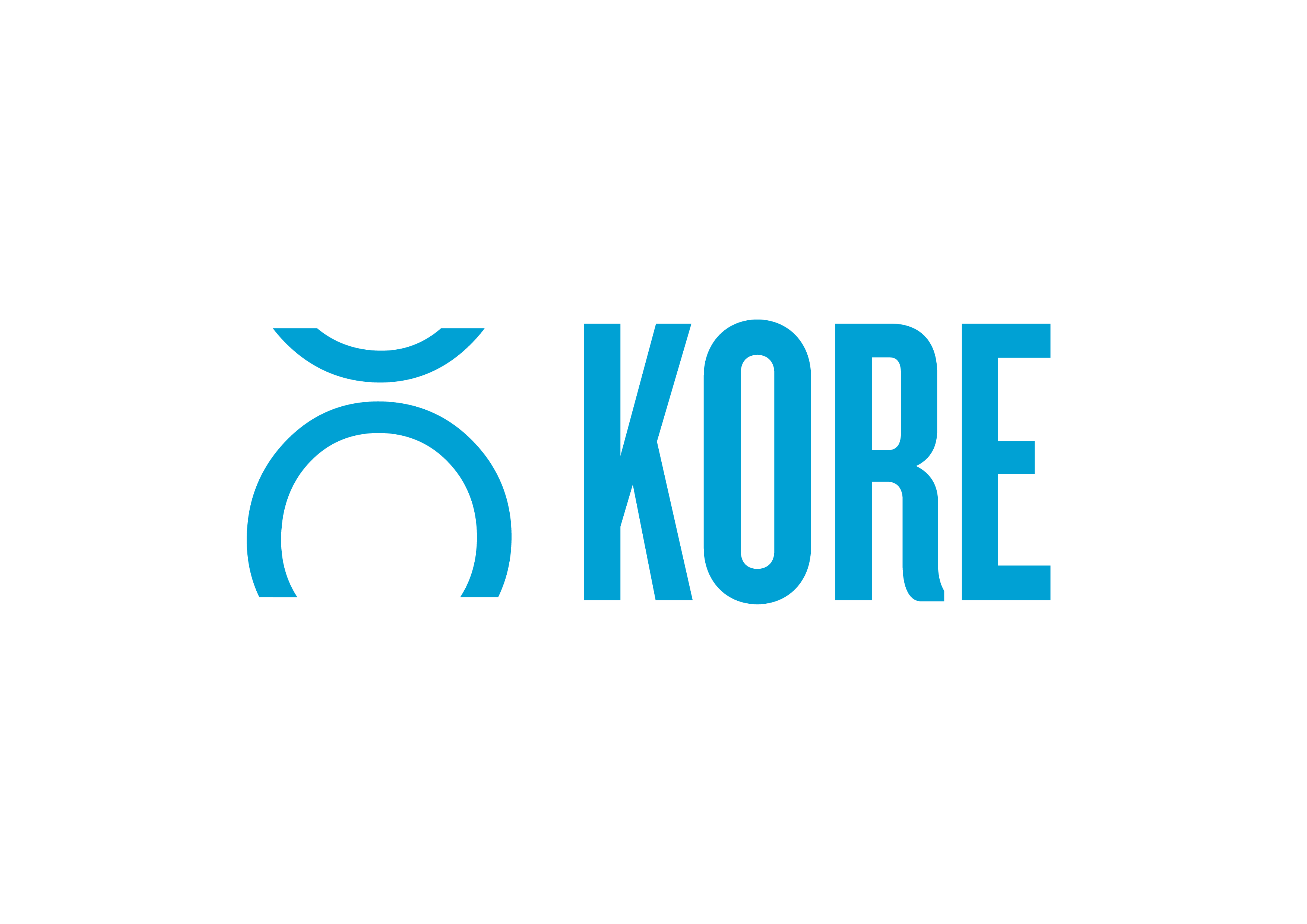We briefly touched on it in the last episode of the Inside Sponsorship podcast, however, there is going to come a point whereby strategy and planning needs to be allowed to pivot back to normal – whatever that looks like these days!
Rather than pivoting strategy around restrictions and repurposing assets or spend/revenue, some would suggest there is a wave of ‘returning to activate without restrictions’ coming. We might be standing on a proverbial beach, unsure of how quickly that wave is traveling, but we can see it coming.
I am by no means a planning or strategy expert, so I am taking my cues from others, and in a three-part series, over the coming months, we’ll look at what some of the best in the industry are doing in both preparation and planning.
Hacking Strategy
Tim Morris, Divisional Manager, Strategy at Gemba, recently wrote about this and, in my opinion, nailed it. In a post-COVID world there is an increasing need for us to have the capacity of rapid strategic problem solving.
 Source: thegembagroup.com
Source: thegembagroup.com
Gemba have a fantastic approach to this in unpacking problems and identifying a clear path to the solution. Adam Hodge, Head of Strategy at Octagon, and his team, also have a great methodology of tackling this type of scenario. What appears to be prevalent across the board is that the trick is to not over complicate things and cut through the clutter of mixed messages and opinions. There’s a couple of things that we can pick up from this:
1. Try to speak with a wider group of people in the organisation.
Whether you are a brand or a rights holder, understanding the needs, wants, and general requirements of different departments will give you a much deeper understanding of how the business can tackle a problem or work though a project.
2. Get access to clean, accurate, and relevant data.
There’s probably hundreds of blogs and articles on the importance of data in today’s landscape. But reality is that there is now also lots of different data sets and sources we can look at. The key here is to look at the end goal and having oversight of what it is you need to show that will guide you on which type of data and metrics to look at.
3. Stress test the data against ideas.
Some people are naturally good with data sets while others need to get their hands dirty. The happy medium here is to play around with the data and to not be afraid of thinking outside of what is considered ‘normal practice’
4. Set a time frame to keep everyone accountable.
The natural project managers will argue this is the most critical piece, and it is important. After all, what is the point in planning and setting strategy if we can’t execute it in a timely manner?
Hacking Headcount
Undoubtedly, the most uncomfortable exercise we are seeing is the mass changes to headcount across rights holders, brands, and agencies. One of the hardest things to juggle right now is work vs resourcing to do the work … and that is not mentioning the resourcing and spend attributed to actually bringing in the work.
According to results in WARC’s 2020 Future of Strategy Survey, many strategists suggested that a big risk bubbling in the background is that whilst reducing headcount offers a quick source of cost reduction, it stretches the team employed to do a specific function and creates another problem in itself. With sponsorship requiring varying degrees of account management, creative, planning, and overall strategy development, It begins to swallow up hours than we can collectively give it in an average day.
During Gemba’s The Big Timeout webinar recently, FIFA’s Ross McCall, Head of Commercial Strategy & Planning, summed up the situation well by stating that “the resilience that sport prides itself on is being tested” and in saying that, highlighting the fact that people are losing jobs and headcount as we knew it is changing dramatically.
From KORE’s perspective, we are seeing somewhat of a reset in terms of how sports rights holders across the globe structure their teams. Some are questioning whether the current org chart allows them to truly maximise their efforts in the modern day and perhaps this presents an opportunity to rehash roles and responsibilities. It is now the classic case of instead of throwing money and people at a job, perhaps we look at more effective and efficient ways of doing business?
What Is Next?
In Part Two of our Hacking Sponsorship series, we look at Hacking Creative – The impact COVID has had on the creative function and how it plays a pivotal role in bring us closer to our audience and fans. Then, we’ll follow that up with Hacking Asset Management – How we begin to tackle the most challenging assets to create, deliver, and integrate into the broader marketing mix.
KORE is the global leader in engagement marketing solutions, serving more than 200 professional teams and 850+ sports and entertainment properties worldwide, providing practical tools and services to harness customer data, facilitate sponsorship sales and activation, and create actionable insights.



